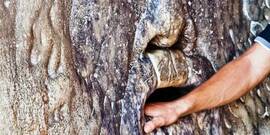
Unless you are on a tour that takes you to this location, The Bocca Della Veritá [The Mouth of Truth] is a rather unexpected find, located in the ancient cattle market in Piazza della Bocca della Verità, at the left side wall of the portico of Santa Maria in Cosmedin church.
Image source: rome-roma.net/bocca-della-verita
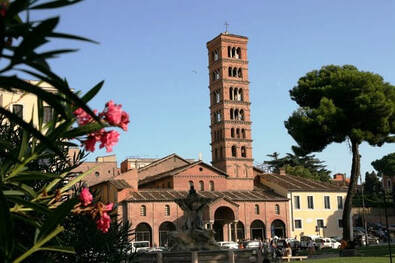
The Mouth of Truth itself in a disc shaped sculpture [a sort of mask] made of Pavonazzo marble, with the carving of a male face with wide open mouth, nostrils and eyes. The stone disc is 5’9” in diameter, seven inches thick, and weighs 2,800 pounds. [In photos the thickness appears to be over 7”, but that was the measurement I found.] The estimated age is 2200 years.
The name “Mouth of Truth” and the legend both originated in the fourteenth century. The legend warns that anyone not telling the truth who places a hand in the mouth of the sculpture will have it bitten off. Supposedly, Medieval Romans used the sculpture as an ancient lie detector for those who committed acts like adultery and perjury.
Piazza della Bocca della Verità served as the venue for trials of petty criminals. Those accused were asked to take an oath of honesty at the piazza by placing one hand in the mouth and then answering the questions of the “executioner” i.e. judge. If the executioner believed the person was telling the truth, nothing happened. When the judge did not trust the veracity of the accused, a hidden “executioner” with a sharp sword would slice off the hand. This gross demonstration was intended to punish criminals and at the same time encourage people to be more honest by creating fear of the consequences.
How’s that working out?”
Travelers who witnessed the trials believed it was magic and eventually the legend spread.
THE DUPLICITY OF WOMEN
The practice of using the Mouth to verify a wife’s adultery ‒ no mention of men being tested this way, or tested at all ‒ generated the following popular story/legend. A cunning woman accused of adultery had to undergo the test of the Bocca della Verità in front of her husband and a judge. She persuaded her lover to come with her disguised as a fool and at the crucial moment he mischievously embraced her. She could then swear, without fear, that no man apart from her husband and that fool had ever touched her.
The story was picked up by German Renaissance painter Lucas Cranach, the Elder, who created a series of paintings illustrating the “duplicity of women.” Instead of the Mouth, he substitutes the image of a lion.
Image Source: en.wikipedia.org/wiki/Bocca_della_Verit% Image Source:wga.hu/cranach/lucas_elder
The stone was dubbed “The Mouth of Truth” in the middle of the 15th century. This superstition apparently appealed to the Romans and it persists still, although hundreds of thousands of tourists and Romans alike have put it to the test and miraculously retained the threatened appendage.
THE REAL PURPOSE
As with many artifacts from ancient times, the original purpose is not always clear. To consider the possible origin theories, it’s important to understand that this sculpture has always been located in this area of Rome, but its current location was not its first home. That is the big unknown.
Archaeologists know the disc was moved from its original location in the thirteenth century and placed in front of Santa Maria in Cosmedin; one source indicated it was placed against a wall. However, rome.us/ancient-rome says that “it was installed vertically only in 1632 by Pope Urbano VIII. At first, it was located directly in front of the church, and then – moved to the portico.” If this is true, the statement implies that the stone was not vertical before that.
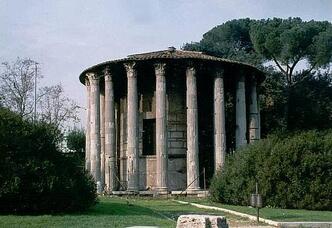
Because the area was once a cattle market, some researchers believe the Bocca della Verità was used by merchants as a downpipe to drain the blood of the cattle slaughtered as a sacrifice to Hercules.
Another variation on the same theme is that it was a drain cover inside the nearby Temple of Hercules Victor, a pagan temple in Piazza Bocca della Verità [built 161-166]. Temple of Hercules Victor
Image Source: en.wikipedia.org/wiki/Bocca_della_Verit
This small round temple had a round open space in the middle of the roof allowing rain to come in. As a drain, probably placed directly under the aperture, it would have provided for disposing of both rainwater and blood from sacrifices, plus the timing, location, and shape of the stone make this a viable possibility.
The outstanding anomaly with this theory is why a temple dedicated to the pagan god Hercules would include a sculpture with another god’s face on it. Apparently, no archeologist or historian believes the face is supposed to depict that of Hercules.
● Fountain/ Artistic Disc Theory
Another theory is that it is a remnant of a fountain dedicated to a pagan god, or was simply a decorative sculpture. Those are possible also. If so, it would have been mounted vertically, similar to the mounting of the Roman fountain, The Mask, below.
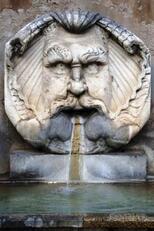
Fountain of the Mask-Rome
Sculpture by Giacomo della Porta , 1593
Image Source: art.com/products/giacomo-della-porta
A great deal of debate is in this name, and no one will ever know for sure. In the meantime, some scientists believe it is meant to resemble the Greek god Oceanus, Titan god of the seas, preceding Poseidon as ruler of the world's oceans.
Other candidates include 1) Tiberinus, god of the Tiber River; 2) Faun, a creature from Roman mythology who is part human and part goat; and 3) Pan, the god of the wild, shepherds and flocks, nature of mountain wilds, rustic music and impromptus, and companion of the nymphs. I thought Faun and Pan are basically the same god.
Before 1953, the name of this artifact didn’t mean much unless you were a Roman, an architect, or an archaeologist. Then, in that year, the world was introduced to the monumental marble stone face in the film Roman Holiday, staring Audrey Hepburn, in her breakout role, and Gregory Peck. The movie was a hit, Audrey Hepburn was a hit, and the legend of the sculptured stone was a hit. It still is in 2021. In the photos below, Gregory Peck is telling the heroine the legend and pretends to lose his hand showing her.
Image source: https://commons.wikimedia.org/w/index.php?curid=2470305
If you can’t get to Rome to see the real thing, this work of art has been replicated is many places. A full-size reproduction sits in the Alta Vista Gardens in California, and one of Jules Blanchard’s sculptures in the Luxembourg Gardens in Paris depicts a woman with her hand in the sculpture's mouth.
You can buy a replica sculpture of your own to hang in the garden or drawings and photos to hang on your walls.
My replica sculpture is about 16” in diameter, and is very realistic… except for the toy duck one of my grandchildren put in his mouth.
JUST SAYIN’
□
Sources:
it.wikipedia.org/wiki/Bocca_della_Verit
https://it.wikipedia.org/wiki/Bocca_della_Verit%C3%A0#/media/File:Roma_-_Santa_Maria_in_Cosmedin_5846.jpg
https://www.atlasobscura.com/places/the-mouth-of-truth-rome-italy
https://rome.us/ancient-rome/mouth-of-truth.html
https://www.itertours.com/mouth-truth-story-behind-one-romes-recognizable-symbols/
https://www.romesightseeing.net/mouth-truth/#:~:text=The%20Mouth%20of%20Truth.%20La%20Bocca%20della%20Verit%C3%A0%2C,face%20with%20wide%20open%20mouth%2C%20nostrils%20and%20eyes.
https://www.watergallery.net/blog/a-look-back-at-ancient-roman-water-fountains/
Photographs:
https://www.art.com/products/p36985595387-sa-i9597927/giacomo-della-porta-rome-fountain-of-the-mask-1593-by-giacomo-della-porta-c-1540-1602.htm?savedConfig=true
https://www.rome-roma.net/en/bocca-della-verita.html
https://www.wga.hu/html_m/c/cranach/lucas_e/14/2bocca1.html
https://en.wikipedia.org/wiki/Bocca_della_Verit%C3%A0
https://www.art.com/products/p36985595387-sa-i9597927/giacomo-della-porta-rome-fountain-of-the-mask-1593-by-giacomo-della-porta-c-1540-1602.htm?savedConfig=true
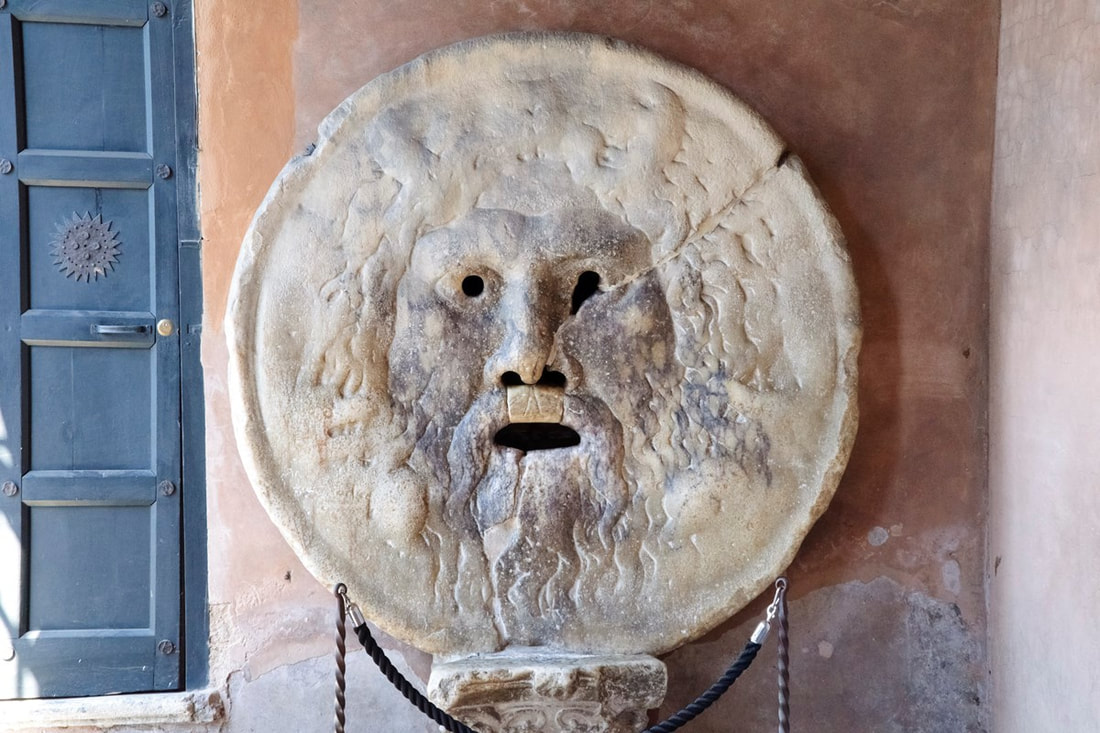
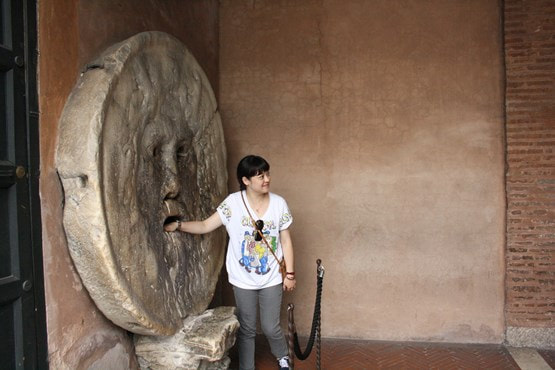
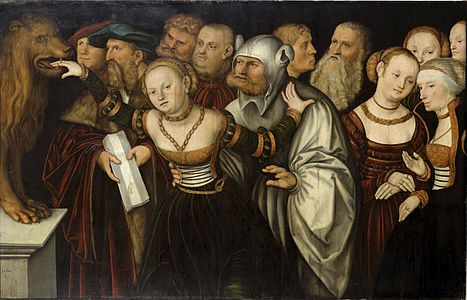
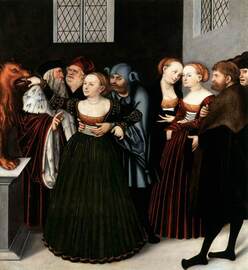
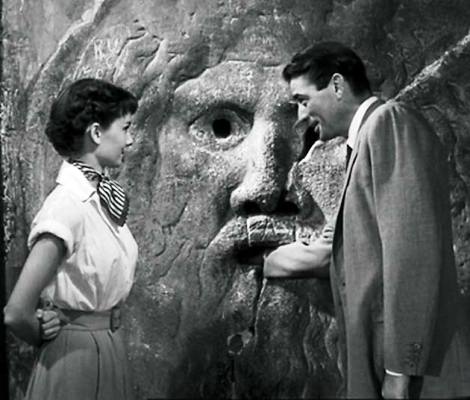
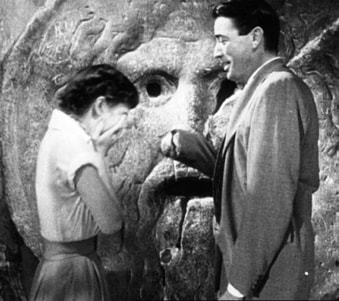
 RSS Feed
RSS Feed